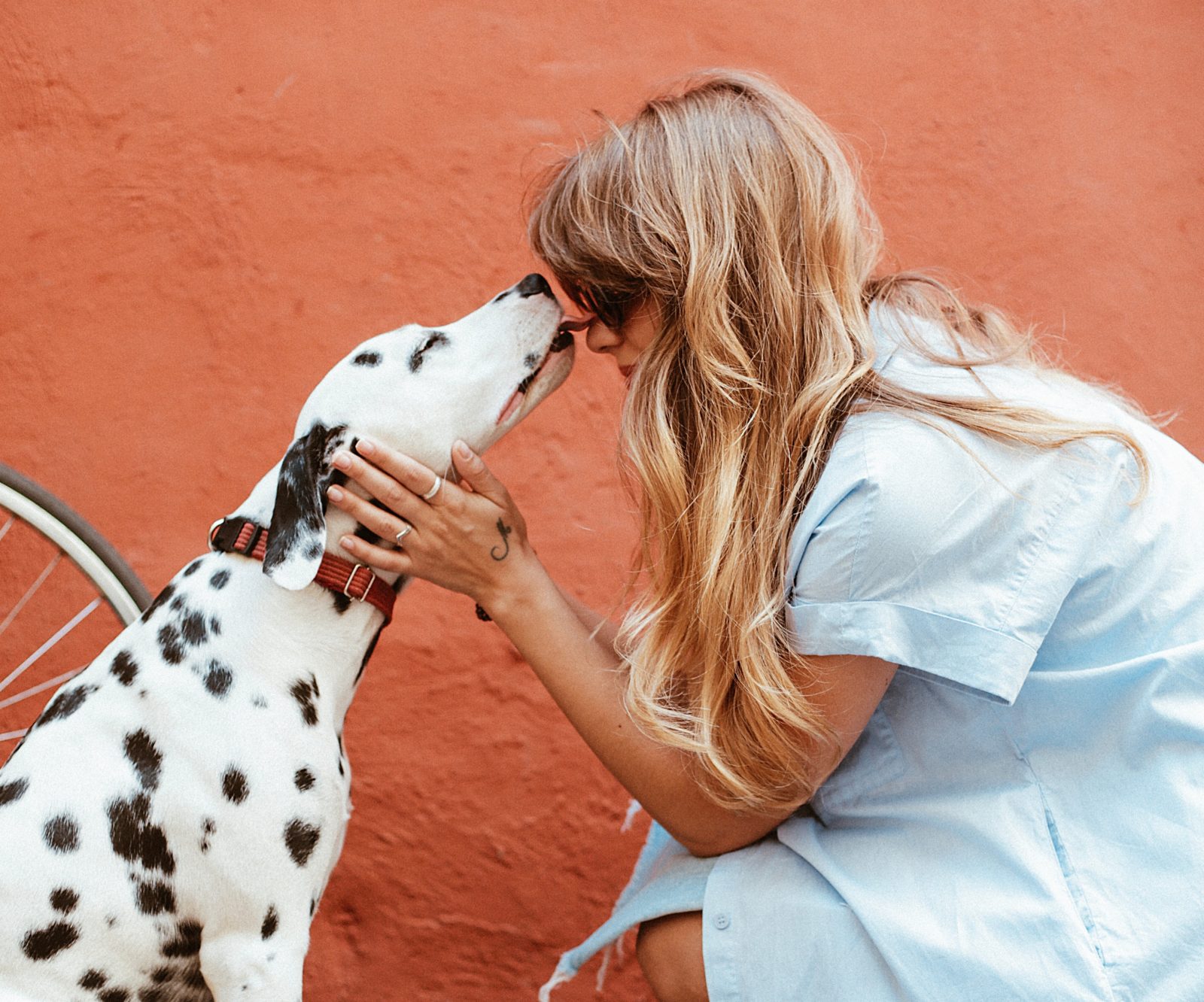The Bahamas. Bermuda. Barcelona. Bangkok. Just get me out of Brixton for somewhere balmy, and fast, until the Baltic weather blows over. Sadly any dog owner will known that these pronto, impromptu bids for escape are pretty much impossible should you have a pet at home to look after. Aside from practical considerations like keeping the little guy, you know, alive, there’s also the matter of those puppy dog eyes imploring you not to go; hard to resist for sure.
But this is ignoring the fact that a holiday with your dog can be a whole heap of fun. There’s companionship, entertainment, protection and a conversation starter with real, actual humans too. Of course, such a trip requires a little extra planning but we’re here to help with that, with these; our 5 IDEAL tips for travelling with a canine companion.
DOG FRIENDLY CLIMATES
Just as your husky may not be made for the extreme heat of Greece in the summer, the same should be said for climates that are extremely cold, as your pug would not fare very well in the Swedish winter, for instance. Of course, it depends on the breed, as some are more suited to the hot, or the cold, than others. Simply put, your discretion is advised; exercise common sense.
For snowy and cold climates, winter coats and boots will ensure they don’t damage their paws walking through the snow. For hotter climates, dog shoes will stop their paws from being burnt on the hot street’s surface. Pay attention to the thickness of your pet’s natural coat, too. Too thin and prolonged stints in the sun will lead to sunburn, too thick and the little guy will be overeating.
RULES & REGULATIONS
Grrrrr, we hate those two words. But rules and regulations are in place for a reason; for both yours and the dog’s safety. So, once you’ve settled on the ideal dog friendly climate, you’ll need to check the legality of your adventure, and what extra documentation, kit and procedures you may need to plan for. Depending on how you’re intending to travel, you may need to follow certain processes to import your dog to a new country. Many countries want your dog to have proof of vaccinations, including rabies, and to be microchipped.
MINIMISING STRESS IN TRANSIT
Minimising the amount of time you actually spend in the confined space of transport is the best way to alleviate stress your dog may suffer from. If your dog is very small, you may be able to bring it with you as cabin baggage in a dog carry bag. Your dog cannot get out of their bag during the whole flight though, so you need to think how they would cope with this in terms of their stress levels, plus how they’ll eat and go to the toilet.
If you are going somewhere far flung, you should definitely not travel the whole time with your dog as an added baggage item. Instead, it’s best to cut these trips into shorter legs, even if this ends up costing more. You can’t put a price on your dog’s well being after all. If you can only travel to your destination on a single flight, you can hire travel companies that specialize in pet travel, meaning they will bring your dog to your destination, in a safe way.
Travelling by boat is another option, meaning you can put your dog in a kennel onboard the boat. The best way to travel with your dog, though, is via a car, caravan or another form of four-wheels-on-terra-firma vehicle. This means you can make it especially comfortable for them and stop when they need to.
SUPPLIES
Most supplies can be bought once you reach your destination, so you only need to bring what you need for the journey with you. If you’re planning on travelling partly by train, you may need a leash, harness and possibly even muzzle, as some train lines will not let an animal on without one, even if you know your dog is harmless.
If your dog is allergic to certain foods or has any sensitives or intolerances, you’ll need to bring some specific food with you. You might want hypoallergenic dog food, which is available globally at specialist stores.
GET YOUR DOG TRAVEL READY
Just as you want to make certain you are in good health to travel, you should also take your dog to the vets to get checked out too. They’ll be able to provide you with any advice you may want medically for your pet before you embark on your journey.
Preparing your dog for the stresses of reaching your destination can help alleviate this when the day comes. Moving them around a lot if possible, such as taking them on lots of car journeys to or people’s homes (the more unfamiliar, the better) will do them the world of good in the long run. If they’re going to be travelling in a bag or crate, start getting them used to spending some time in there. Associate the bag or crate with their favourite things, such as toys or special treats, for best results. Before travel, give your dog food and water around 4-6 hours before a flight, as they will not be able to go to the bathroom once on the plane. Having them toilet trained before travel will also ensure they don’t spend the journey sitting in their own mess.






